Yoojung Sikdang (유정식당)
13.0Km 2024-08-08
14 Dosan-daero 28-gil, Gangnam-gu, Seoul
Yoojung Sikdang is well-known, despite being located in a side-street, thanks to its having been frequented often by BTS members during their training days. BTS fans will love seeing the many pictures and posters of BTS decorating the walls, and can enjoy the same dishes loved by their idols. Some of the stars' most ordered dishes have had their names changed to reflect this.
Best Western Premier Gangnam Hotel (베스트웨스턴 프리미어 강남호텔)
13.0Km 2024-12-27
139, Bongeunsa-ro, Gangnam-gu, Seoul
+82-2-6474-2000
Best Western Premier Gangnam Hotel offers double, twin and suite rooms in contemporary ambience and design. Multilingual staff members and a business center provide the best business atmosphere for visitors. The hotel is located in the heart of Gangnam, with easy access to COEX, Korea World Trade Center, Olympic Stadium, and a number of luxury department stores and the combined business and entertainment area of Gangnam.
Inwoohouse [Korea Quality] (인우하우스 [한국관광 품질인증])
13.0Km 2025-07-18
9, Gyedong 6-gil, Jongno-gu, Seoul
Gyeongmajang Orijip (경마장 오리집)
13.0Km 2020-06-01
20-4 Gungmal-ro, Gwacheon-si, Gyeonggi-do
+82-2-502-7500
Gyeongmajang Orijip is a Korean restaurant specializing in duck cuisine. Moreover, the restaurant is located near popular recreational facilities such as Seoul Race Park, Seoul Grand Park (zoo and botanical garden), and Gwacheon National Science Museum. The restaurant's location is perfectly suited for those who seek to enjoy nature after a hearty meal.
Kukkiwon (Centro Internacional de Taekwondo) (국기원(세계태권도본부))
13.0Km 2021-04-22
Teheran-ro 7-gil 32, Gangnam-gu, Seúl
El Centro Internacional de Taekwondo Kukkiwon, localizado en Yeoksam-dong, Gangnam-gu, Seúl, fue fundado en 1972. Al año siguiente se llevó a cabo el primer Mundial de Taekwondo, entre el 25 y el 27 de mayo en 1973. El 28 de mayo de ese año, fue establecida la Federación Mundial de Taekwondo. La promoción y las concesiones fueron repartidas en el 5 de febrero del año 1980, y el 10 de julio del mismo año, el sistema del entrenamiento de la dirección entró en efecto. El área mide 13.025 m². El edificio alberga la Academia de Taekwondo y la sede de la Federación Mundial de Taekwondo, incluyendo varias instalaciones tales como un estadio capaz de acomodar a 3.000 personas, salas de clase, oficinas, cafeterías, cuartos de ducha y cuartos de preparación.
Podo Sikdang (포도식당)
13.0Km 2021-03-18
13, Nonhyeon-ro167-gil, Gangnam-gu, Seoul
+82-2-514-9252
A Korean BBQ restaurant. The most famous menu is assorted grilled meat. A barbecue specialty restaurant located in Apgujeong-dong, Seoul.
Darakjeong (다락정)
13.0Km 2021-03-26
131-1, Samcheong-ro, Jongno-gu, Seoul
+82-2-725-1697
Darakjeong has been popular for a long time because of the simple taste of its traditional Mandu (Korean stuffed dumpling). Since its opening in 1991, tasty soup and scrumptious Mandu have been served. A fist-sized Mandu is fully packed with seasoned meat, bean-curd, and various vegetables. Its thick dough makes it chewy and delightful. For one person, “Manduguk”(boiled dumpling soup) is a good choice. The delicious and nourishing taste of Mandu goes well with the sweet, spicy, and fresh taste of the soup. Manduguk is served in a brass bowl which keeps the food warm while eating. For a large-size group, “Mandujeongol” cooked with various vegetables in a casserole is recommended. There are two types of Mandujeongol that have different tastes. The main characteristic of “Kimchi Mandujeongol” is its spicy flavor, which reminds people of the refreshing taste of Kimchi soup, and “Tojang Mandujeongol” expounds on the savory taste of bean-paste soup. Tojang means folk soybean-paste. “Nokdujeon”(a Korean pan-fried dish with green mung bean) is another famous dish at Darakjeong, which is pan-fried with a very light seasoning to emphasize the original taste of Nokdu (green mung bean). Salted oysters with hot pepper are served with Nokdujeon instead of soy sauce, which is a perfect match.
Geumdwaeji Sikdang (금돼지식당)
13.0Km 2024-08-08
149 Dasan-ro, Jung-gu, Seoul
EPAIS (에페)
13.0Km 2021-03-19
31, Jong-ro 31-gil, Jongno-gu, Seoul
+82-2-747-8894
This is a Japanese cuisine located in Jongno, Seoul. The best menu at this restaurant is house-made pork loin cutlet. The favorite store of office workers.
Palacio Changgyeonggung (창경궁)
13.0Km 2025-05-13
Changgyeonggung-ro 185, Jongno-gu, Seúl.
El palacio Changgyeonggung de Seúl es uno de los palacios más especiales del período de la dinastía Joseon. El origen de este palacio proviene de la asunción del rey Sejong (1397-1450) en 1418. Una vez que fue coronado, mandó construir el palacio Suganggung para brindarle mayores comodidades al monarca anterior, Taejong (1367-1422), que había abdicado en su favor. El palacio Changgyeonggung fue degradado a Changgyeongwon, sede de jardín zoológico y botánico durante el período de la ocupación japonesa de Corea (1910-1945). En 1983, el zoológico fue trasladado y el palacio fue completamente restaurado volviendo a ser llamado Chaggyeonggung.
Pasando por la entrada principal al palacio, la puerta Honghwamun, se ve el puente Okcheongyo. Todos los palacios de la dinastía Joseon tienen estanques con un puente encima con forma de arco, tal como el puente Okcheongyo. Cruzando Okcheongyo, se pasa por la puerta Myeongjeongmun, y entonces, se halla el pabellón Myeongjeongjeon, que era la oficina del Rey. Además, Myeongjeongjeon es el pabellón más antiguo de su tipo de todos los palacios del período de Joseon. Normalmente, las construcciones de esta época se elevan mirando hacia el sur, pero Myeongjeongjeon mira hacia el este. Esto se debió a que los mausoleos de los anteriores monarcas se encontraban al sur y según las costumbres confucianas, no se permitían tener aperturas hacia la misma dirección. A uno y otro lado del patio se encuentran alineadas las piedras con los grabados que indicaban la jerarquía de los funcionarios oficiales.
Detrás de Myeongjeongjeon, hacia la izquierda y sobre un terreno más elevado se encuentra la sala Sungmundang. Esta sala fue construida aprovechando muy bien la pendiente de la geografía montañosa. Si se observa Myeongjeongjeon y Munjeongjeon, la combinación de las laderas montañosas y la línea de sus techos logran una armonía de gran belleza. Otro pabellón, Tongmyeongjeon, fue construido para la reina. Es la construcción más grande dentro del palacio Changgyeonggung, y en muchos lugares se notan detalles delicados de sus estructuras en atención a la reina. Andando por las rocas de Yanghwajeon después de pasar por Tongmyeongjeon, se llega a Jagyeongjeon. Y hacia el sudeste de Jagyeongjeon se encuentra Punggidae. Punggidae es un instrumento que servía para medir el viento. Se trata de una larga vara con un jirón de tela atada a una punta, y se la usaba para medir la velocidad y dirección del viento.
Dirigiéndose hacia el norte uno se encuentra con un enorme estanque denominado Chundangji. Originalmente, la mitad del estanque era utilizada por el mismo rey para cultivar arroz y aprender sobre agricultura. Pero durante la ocupación japonesa, transformaron el campo de arroz en estanque para hacer flotar pequeños botes sobre él. El jardín botánico creado en aquellos días sobre la parte superior del estanque permanece aún en la actualidad.

![Inwoohouse [Korea Quality] (인우하우스 [한국관광 품질인증])](http://tong.visitkorea.or.kr/cms/resource/56/3009456_image2_1.jpg)
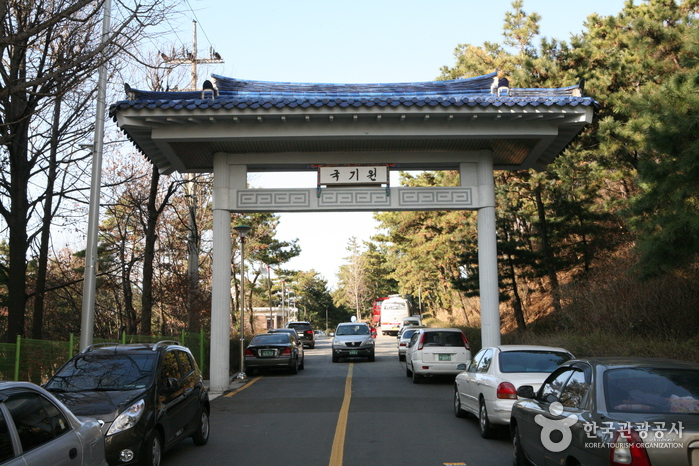
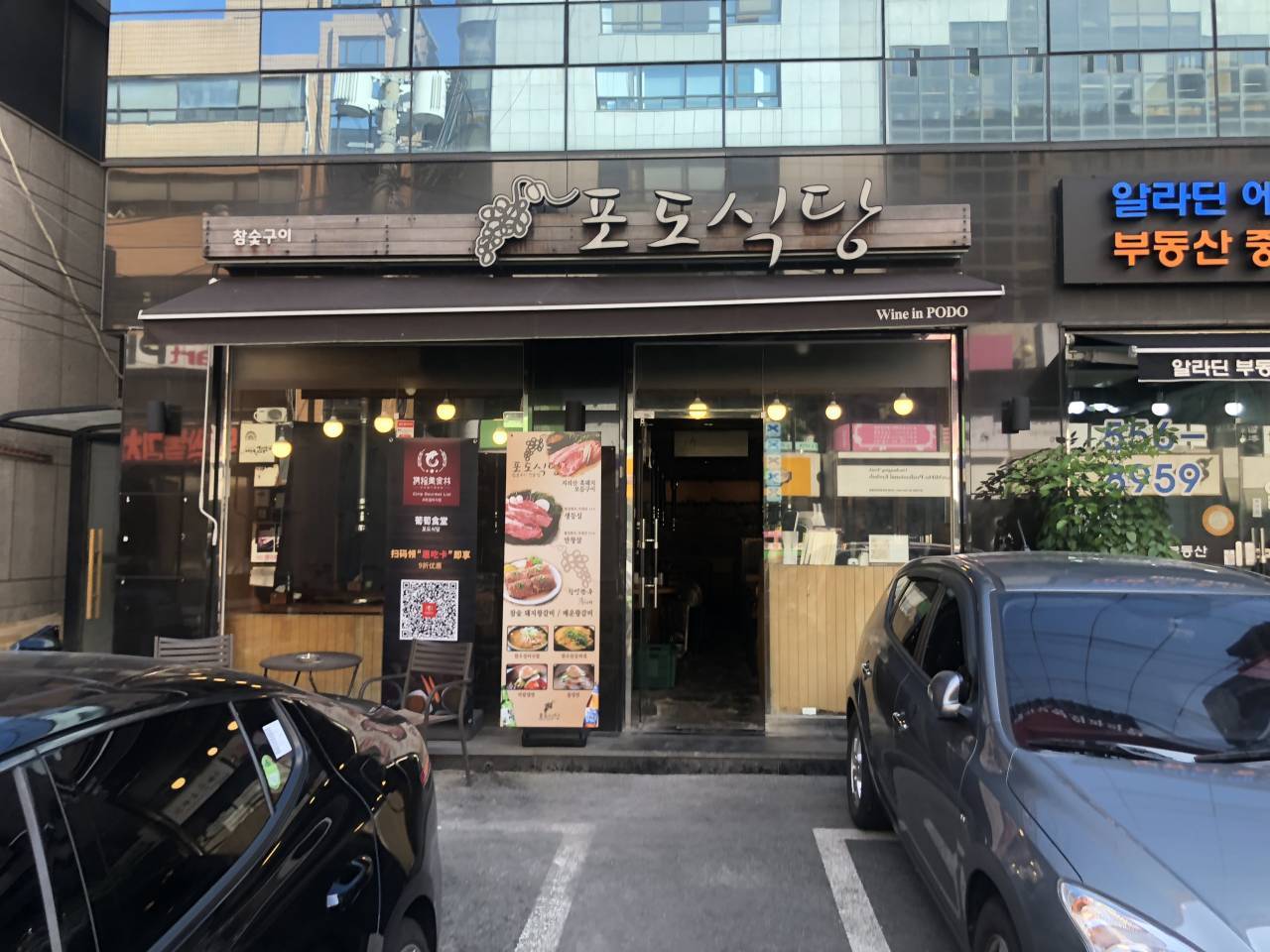
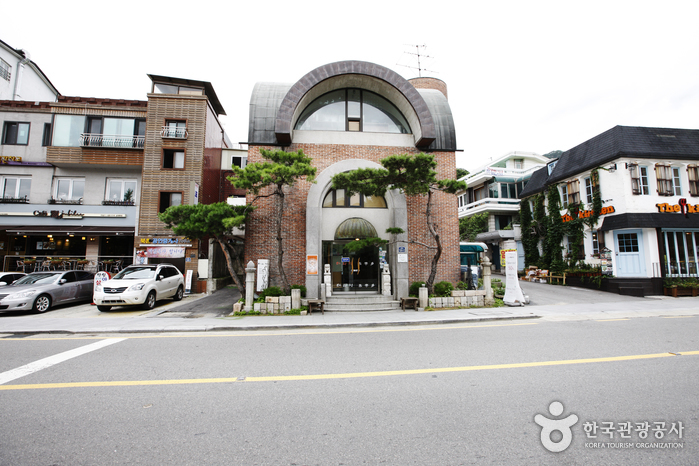
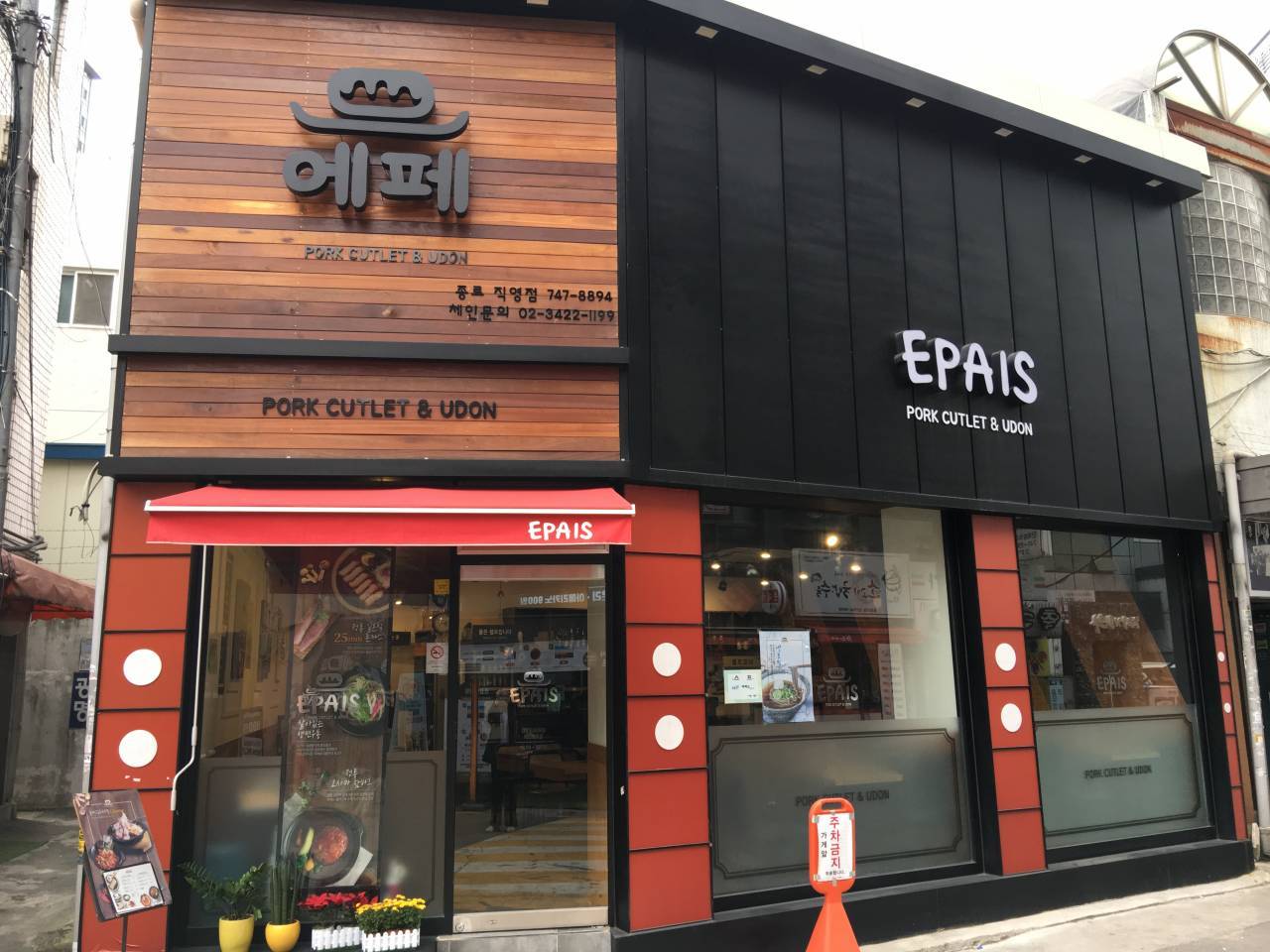
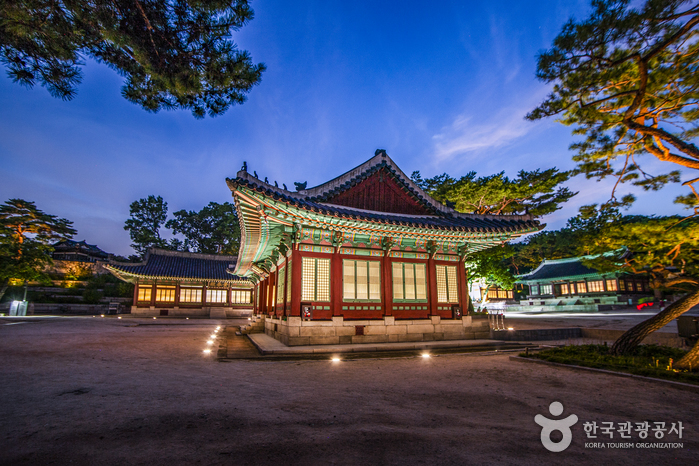
 Español
Español
 한국어
한국어 English
English 日本語
日本語 中文(简体)
中文(简体) Deutsch
Deutsch Français
Français Русский
Русский